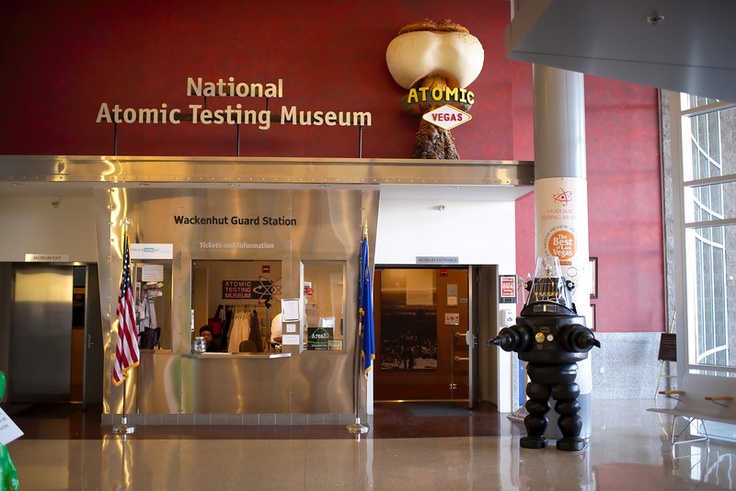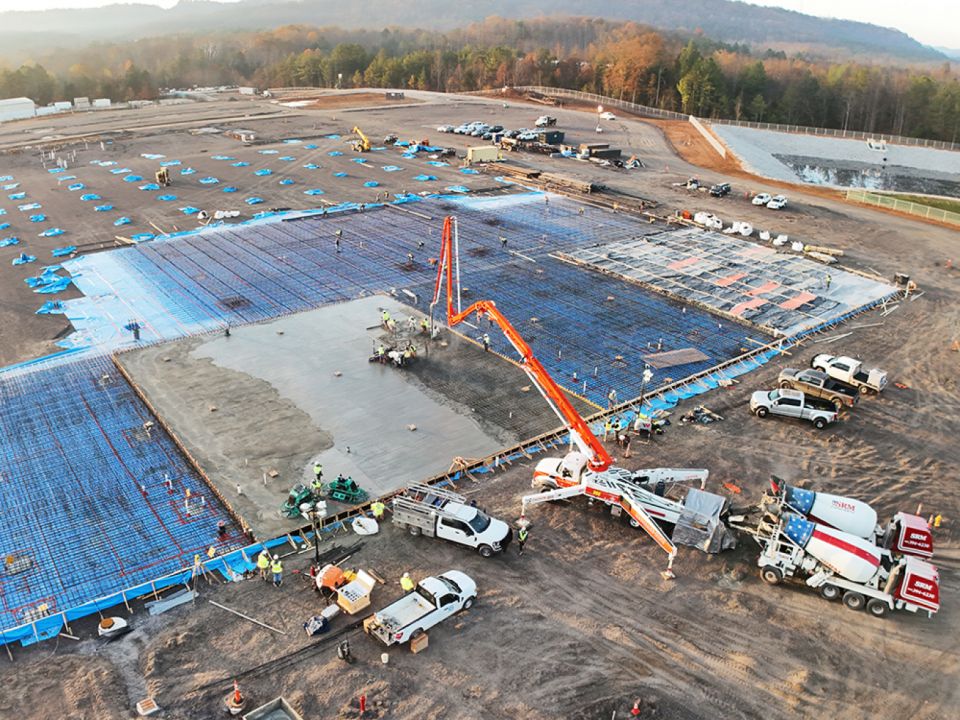New DOE guidance on coal-to-nuclear opportunities
The Department of Energy issued new guidance this week for converting coal-fired plants to nuclear units—an idea that has gained traction in recent years as the United States looks to cut carbon emissions.
A 2022 DOE study found potential for more than 300 coal-to-nuclear conversions across the country. While the process is complex, it would result in significant environmental and reliability benefits to the grid.








